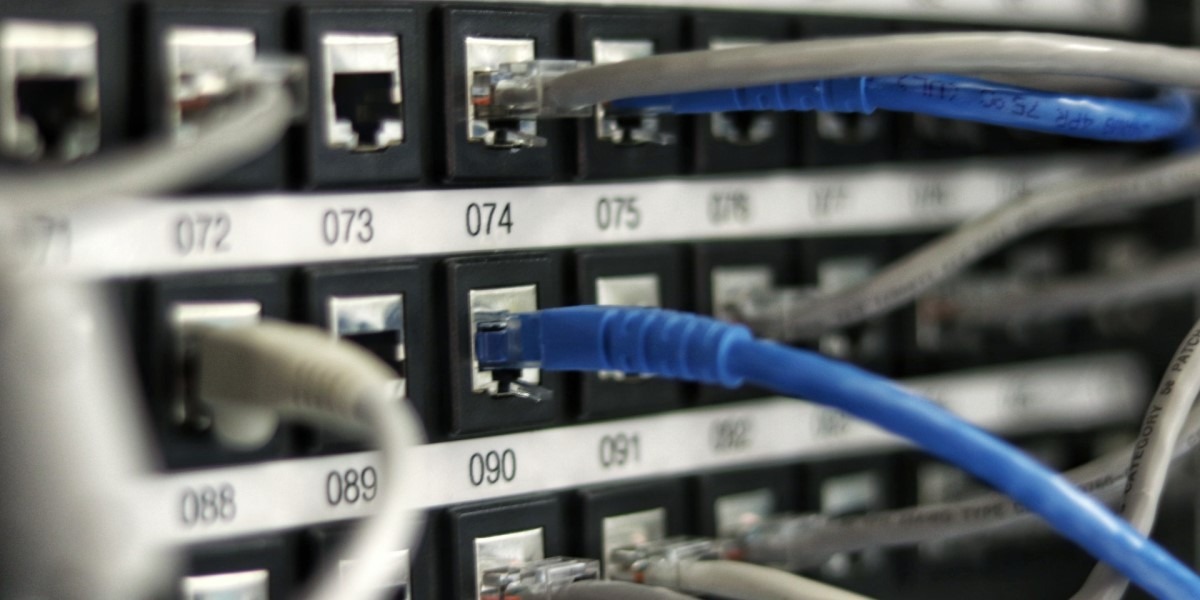This article was first published on CRN and written by Katie Bavoso.
An aging data center may be bought and paid for, but what’s that outdated technology costing your customers? Don’t just consider the financial cost, but the security cost, sustainability cost, maintenance and performance costs—especially in a world where modern innovations like AI and high-performance computing are dictating workloads. “Modern applications and workload requirements have changed. They’ve shifted,” says Allen Clingerman, field CTO of PowerEdge for North America channels at Dell Technologies. “I need a whole new set of technologies that I never had to build for in today’s data center.”
 Or as simply put by David Melendrez, AMD EPYC account manager for Dell Technologies at AMD, “Are you wanting to run your modern business that requires you to keep up with competition on old architecture?”
Or as simply put by David Melendrez, AMD EPYC account manager for Dell Technologies at AMD, “Are you wanting to run your modern business that requires you to keep up with competition on old architecture?”
Help your customers plan a healthy tech refresh schedule and upgrade them to the most efficient Dell PowerEdge 15G or 16G servers powered by 4th Gen AMD EPYC™ processors. With two generations of Dell PowerEdge servers in market, your customers can easily scale to their workload and application needs. “If they’re more mainstream in nature and they don’t need all the performance of the latest technologies in 16G, they know they can stay confidently on prior gen and 15G,” says Clingerman. “If they’re building out a high-performance architecture for AI, they’re probably going to take advantage of all those new technologies in 16G.”
Thanks to the latest generation of AMD EPYC™ CPUs, 16G Dell PowerEdge servers boast the highest core count per processor to provide the most accelerated performance per watt while keeping energy consumption low. “Customers are benefiting from a higher level of energy efficiency in that regard because you’re having the ability to decrease your operational costs over time. And so, from an economic perspective, Gen 4 AMD EPYC™, really is a favorable choice,” says Melendrez.
And Dell and AMD champion innovation by prioritizing sustainability through ensuring their joint solutions meet the latest EPEAT and Energy Star requirements to reduce carbon emissions.





